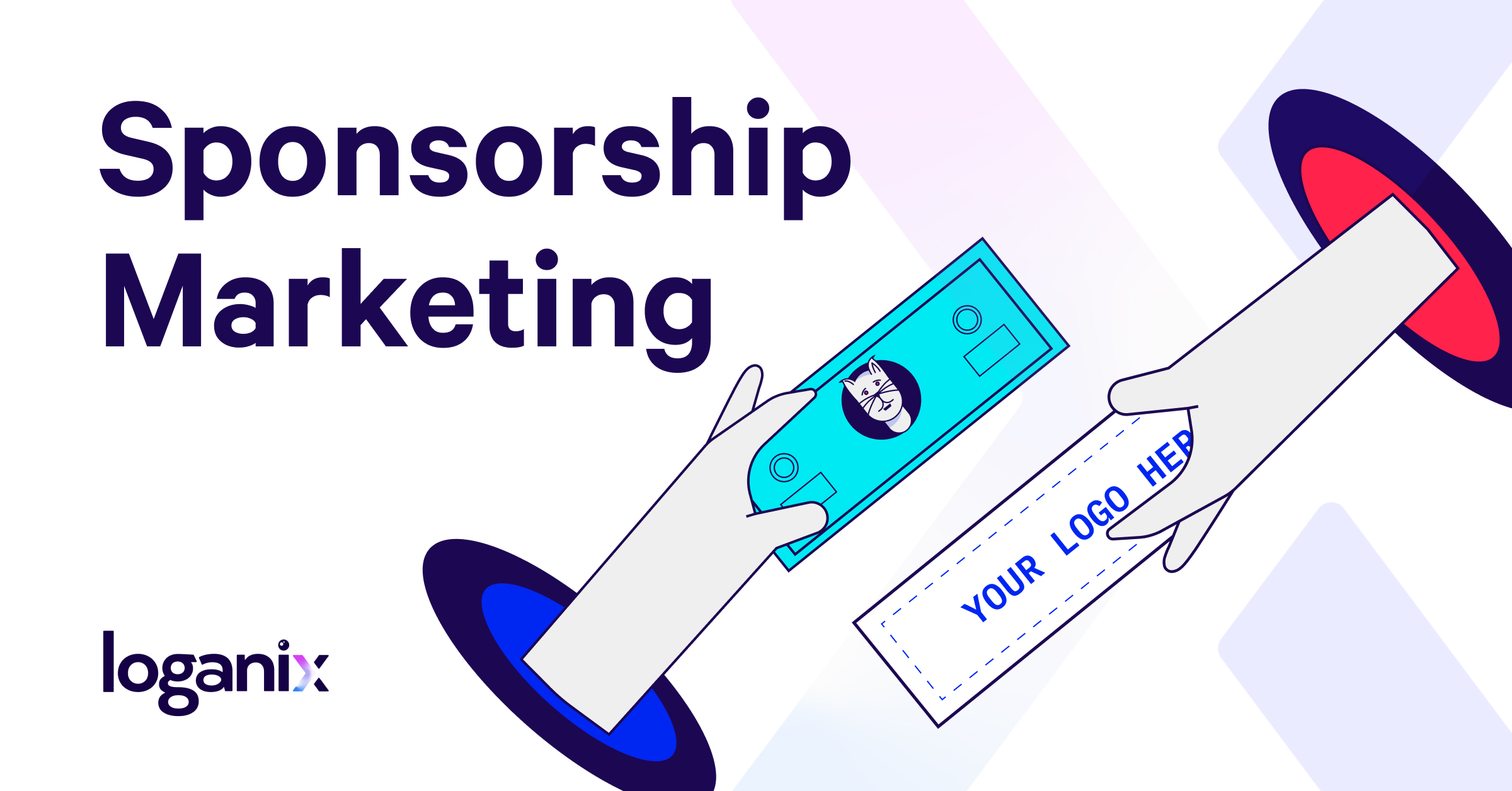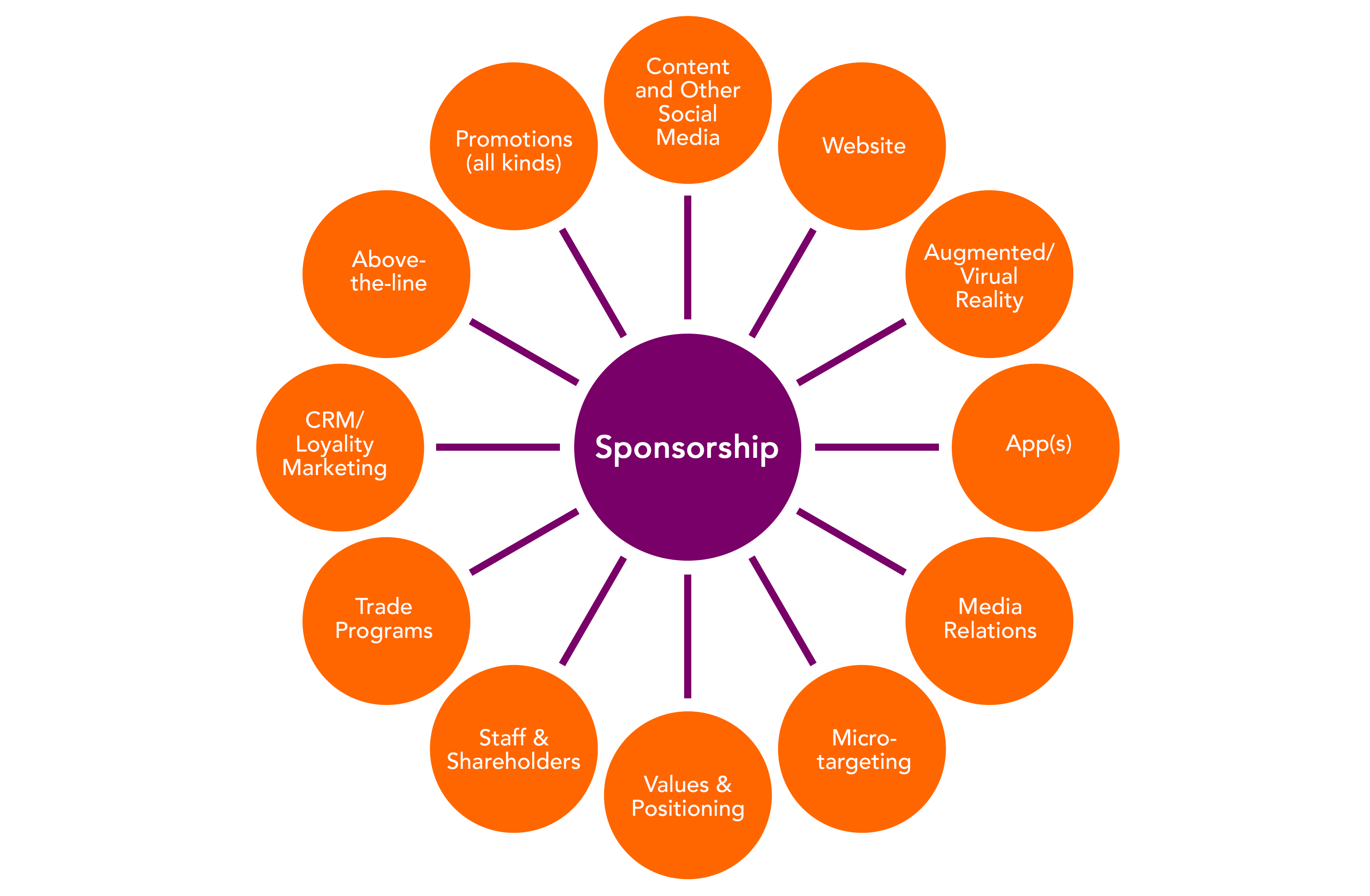Okay, here is a long article (approximately 2900 words) about sponsoring in marketing, with the “ tags replaced by `
` and `
` tags as requested.
The Power of Sponsorship Marketing: Building Brands and Driving Engagement
The Power of Sponsorship Marketing: Building Brands and Driving Engagement
Sponsorship marketing, a strategic alliance between a brand and an event, activity, person, or organization, offers a powerful avenue for businesses to connect with their target audience, enhance brand visibility, and achieve specific marketing objectives. Unlike traditional advertising, which often involves direct messaging, sponsorship marketing integrates a brand into an experience that resonates with consumers on an emotional level. This integration can foster stronger brand affinity, build credibility, and ultimately drive business growth.
Understanding the Landscape of Sponsorship Marketing

The world of sponsorship is vast and diverse, encompassing a wide range of opportunities across various sectors. Understanding these different types of sponsorships is crucial for businesses to identify the most effective partnerships for their specific goals.
# Sports Sponsorships: Tapping into Passion and Loyalty
Sports sponsorships are perhaps the most visible form of sponsorship marketing. From major international events like the Olympics and FIFA World Cup to local amateur leagues, sports offer a powerful platform to reach passionate and often highly engaged audiences.
Benefits of Sports Sponsorships

Mass Reach and Visibility: Major sporting events attract massive global audiences, providing unparalleled brand exposure.
Considerations for Sports Sponsorships
High Costs: Securing major sports sponsorships can be a significant investment.
# Arts and Culture Sponsorships: Enhancing Brand Image and Community Engagement

Sponsoring arts and cultural organizations, such as museums, theaters, and music festivals, can elevate a brand’s image, demonstrate corporate social responsibility, and connect with sophisticated and engaged audiences.
Benefits of Arts and Culture Sponsorships
Enhanced Brand Image: Association with prestigious cultural institutions can enhance a brand’s reputation for sophistication and community support.
Considerations for Arts and Culture Sponsorships
Potentially Smaller Reach Compared to Sports: While the audience may be highly engaged, the overall reach might be smaller than major sporting events.
# Cause-Related Sponsorships: Driving Social Impact and Building Trust
Cause-related sponsorships involve partnering with non-profit organizations or supporting social causes. This type of sponsorship can build brand trust, enhance reputation, and resonate with consumers who value companies that give back.
Benefits of Cause-Related Sponsorships
Enhanced Brand Reputation and Trust: Demonstrating a commitment to social causes can build trust and positive brand perception.
Considerations for Cause-Related Sponsorships
Authenticity is Key: Consumers are discerning and can detect insincere or opportunistic partnerships.
# Event and Festival Sponsorships: Creating Immersive Brand Experiences
Sponsoring events and festivals, such as music festivals, food festivals, and industry conferences, provides opportunities to create immersive brand experiences and directly engage with target audiences in a vibrant setting.
Benefits of Event and Festival Sponsorships
Direct Engagement with Target Audiences: Events provide a platform for face-to-face interaction and direct engagement.
Considerations for Event and Festival Sponsorships
Logistical Complexity: Event sponsorships often involve significant logistical planning and execution.
# Media and Content Sponsorships: Reaching Audiences Through Relevant Content
Sponsoring media outlets, podcasts, newsletters, or specific content pieces allows brands to reach targeted audiences in a contextually relevant environment.
Benefits of Media and Content Sponsorships
Targeted Reach: Brands can reach specific demographics and interest groups through niche media.
Considerations for Media and Content Sponsorships
Audience Measurement Accuracy: It’s important to understand the reach and engagement of the sponsored media.
Crafting a Successful Sponsorship Marketing Strategy
A successful sponsorship marketing strategy requires careful planning, execution, and measurement. Here are key steps to consider:
# Define Clear Objectives and Goals
Before exploring sponsorship opportunities, it’s crucial to define what the brand aims to achieve. Common objectives include:
Increasing brand awareness and visibility
# Identify and Evaluate Potential Sponsorship Opportunities
Once the objectives are clear, the next step is to identify and evaluate potential sponsorship opportunities that align with the brand’s goals and target audience. Consider factors such as:
Target Audience Alignment: Does the sponsored entity reach the brand’s desired customer base?
# Negotiate Sponsorship Agreements
Once a suitable opportunity is identified, it’s important to negotiate a comprehensive sponsorship agreement that clearly outlines the rights, responsibilities, and benefits for both parties. Key aspects of the agreement include:
Exclusivity: Does the agreement grant the brand exclusive sponsorship rights within a specific category?
# Develop Activation Plans
The sponsorship agreement is just the foundation. To maximize the impact of the sponsorship, a detailed activation plan is essential. This plan should outline how the brand will leverage the sponsorship to achieve its objectives. Activation tactics can include:
On-site branding and signage
# Measure and Evaluate Results
It’s crucial to track and measure the results of sponsorship marketing efforts to determine their effectiveness and inform future strategies. Key metrics to consider include:
Brand awareness and recall
Tools and techniques for measuring sponsorship effectiveness include:
Surveys and market research
The Future of Sponsorship Marketing
The landscape of sponsorship marketing continues to evolve, driven by technological advancements and changing consumer behavior. Key trends shaping the future of sponsorship include:
# Increased Focus on digital Integration
Digital platforms and technologies are playing an increasingly important role in sponsorship activation and measurement. Brands are leveraging social media, mobile apps, and digital content to enhance engagement and reach wider audiences.
# Emphasis on Experiential Marketing
Consumers are seeking more immersive and interactive brand experiences. Sponsorship activations that provide memorable and engaging experiences are becoming increasingly popular.
# Growing Importance of Data and Analytics
Data-driven insights are becoming essential for identifying the most effective sponsorship opportunities, optimizing activation strategies, and measuring ROI with greater precision.
# Rise of Purpose-Driven Sponsorships
Consumers are increasingly drawn to brands that align with their values and support meaningful causes. Purpose-driven sponsorships that demonstrate a genuine commitment to social impact are gaining traction.
# Personalized and Targeted Sponsorships
Brands are leveraging data and technology to create more personalized and targeted sponsorship activations that resonate with specific audience segments.
Conclusion: Leveraging Sponsorship for Sustainable Growth
Sponsorship marketing offers a powerful and multifaceted approach to building brands, engaging audiences, and achieving marketing objectives. By carefully considering the different types of sponsorships, developing strategic plans, and effectively activating partnerships, businesses can leverage the power of association to create lasting connections with their target market and drive sustainable growth in today’s competitive landscape. The key lies in understanding the nuances of each sponsorship opportunity, ensuring alignment with brand values and goals, and consistently measuring the impact of these strategic alliances.

